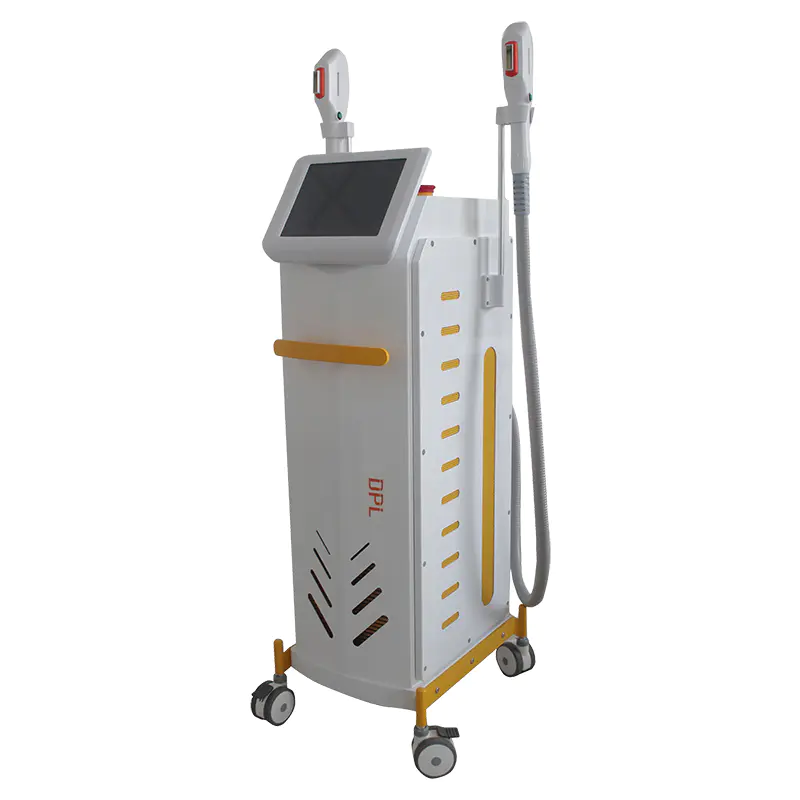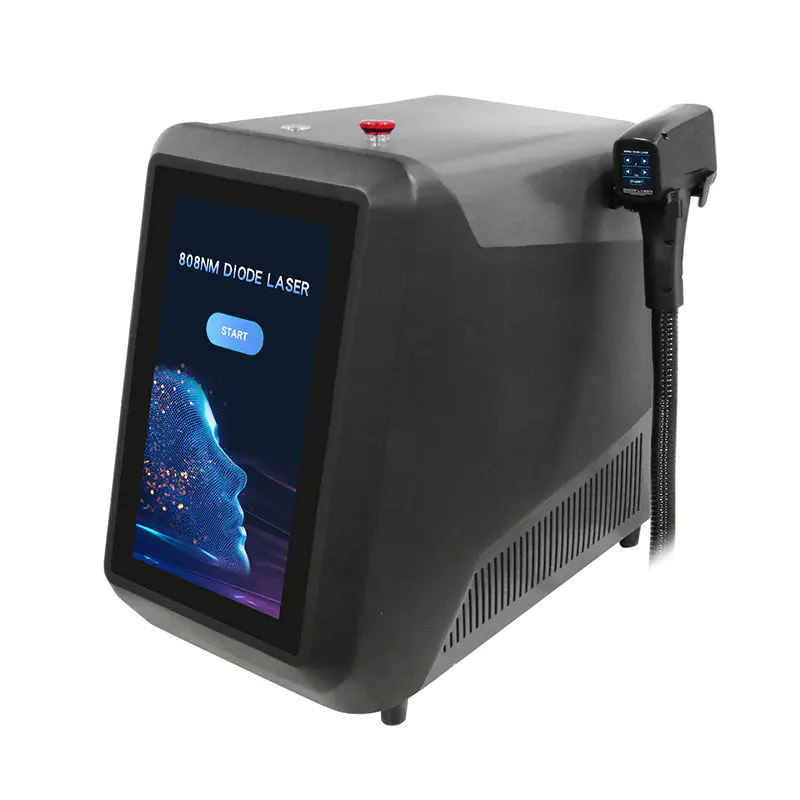Why Is Intense Pulsed Light so Good for Repairing the Skin Barrier?
2025-04-16
Intense Pulsed Light (IPL) is a non-laser high-intensity pulsed light source that releases energy in the form of pulses through a wide spectrum of wavelengths (usually 400-1200nm). It acts on target skin tissues through the principle of selective photothermal action, and different bands can target multiple target color bases.
The main functions of Intense Pulsed Light (IPL): removing redness, removing spots, skin rejuvenation and anti-aging, hair removal, oil control and acne removal, and improving skin barrier function.

Mainly based on selective photothermal action, light energy of a specific wavelength is selectively absorbed by hemoglobin, destroying abnormally dilated capillaries or reducing skin erythema. The following is its specific mechanism:
Hemoglobin absorption characteristics: Hemoglobin in the skin (especially oxygenated hemoglobin) has a strong absorption of light with a wavelength of 500-600nm. The Intense Pulsed Light device selects light in this band and is preferentially absorbed by hemoglobin in blood vessels. After absorbing light energy through energy conversion, hemoglobin converts light energy into heat energy, causing the local temperature of the blood vessel wall to rise, destroying the endothelial cells, and causing the abnormally dilated capillaries to coagulate and occlude.
Thermal damage and vascular closure cause vascular contraction and degeneration: thermal energy denatures the protein in the blood vessel wall, causing the blood vessels to contract and close, and the abnormal blood vessels are gradually engulfed and metabolized by macrophages, and eventually replaced by normal tissues. After the dilated capillaries in the dermis are destroyed, the redness on the skin surface (such as rosacea, red blood streaks, and post-inflammatory erythema) is reduced.
Inhibit inflammatory response: Intense Pulsed Light can inhibit skin inflammatory factors (such as VEGF, IL-6, etc.), reduce vascular dilation and leakage, and reduce the probability of erythema recurrence. The photothermal effect can stimulate the remodeling of collagen in the dermis, improve the skin barrier function, and indirectly relieve the redness caused by skin sensitivity.
By adjusting the pulse width, energy density, etc., the heat is confined to the target tissue (blood vessels) to avoid damaging the surrounding normal tissues. The epidermis is cooled synchronously during treatment to reduce the risk of burns, especially for sensitive skin.
For facial telangiectasia, rosacea, port wine stains, post-inflammatory erythema, etc. For sensitive and red skin, Intense Pulsed Light can improve skin barrier function and relieve chronic erythema.
Note: Vascular closure needs to be gradual, usually 3-6 treatments are required, with an interval of 3-4 weeks. Temporary redness, swelling and scabs may occur after surgery, and strict sun protection and moisturizing are required.
Contraindications: People with photosensitive diseases, dark skin, recent sun exposure or taking photosensitive drugs should be cautious.
Intense Pulsed Light can achieve the effect of removing redness through precise wavelength, selective photothermal effect, targeted destruction of abnormal blood vessels, and taking into account anti-inflammatory and skin repair. Its effect is closely related to equipment parameters, operator experience and individual differences.























